-
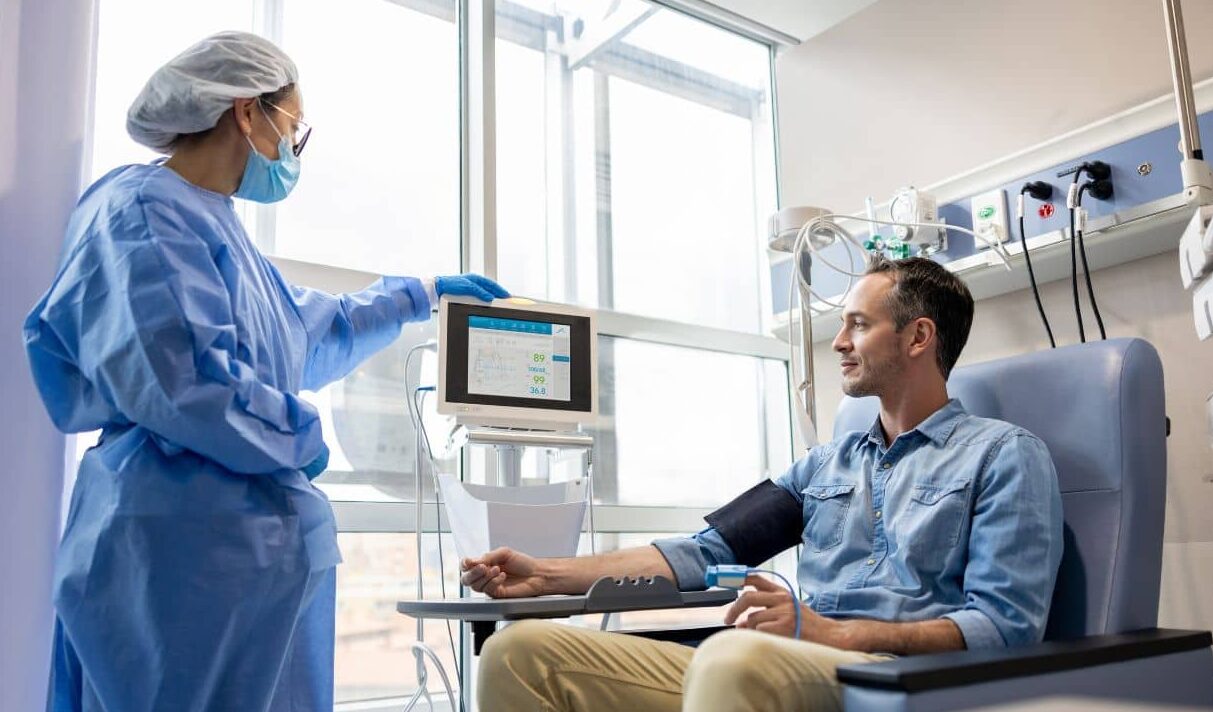 News
When glucose levels are low, chemotherapy ceases to affect cancer cells
News
When glucose levels are low, chemotherapy ceases to affect cancer cells
-
 News
Excessive treatment of prostate cancer in older men may reduce quality of life without increasing its duration
News
Excessive treatment of prostate cancer in older men may reduce quality of life without increasing its duration
-
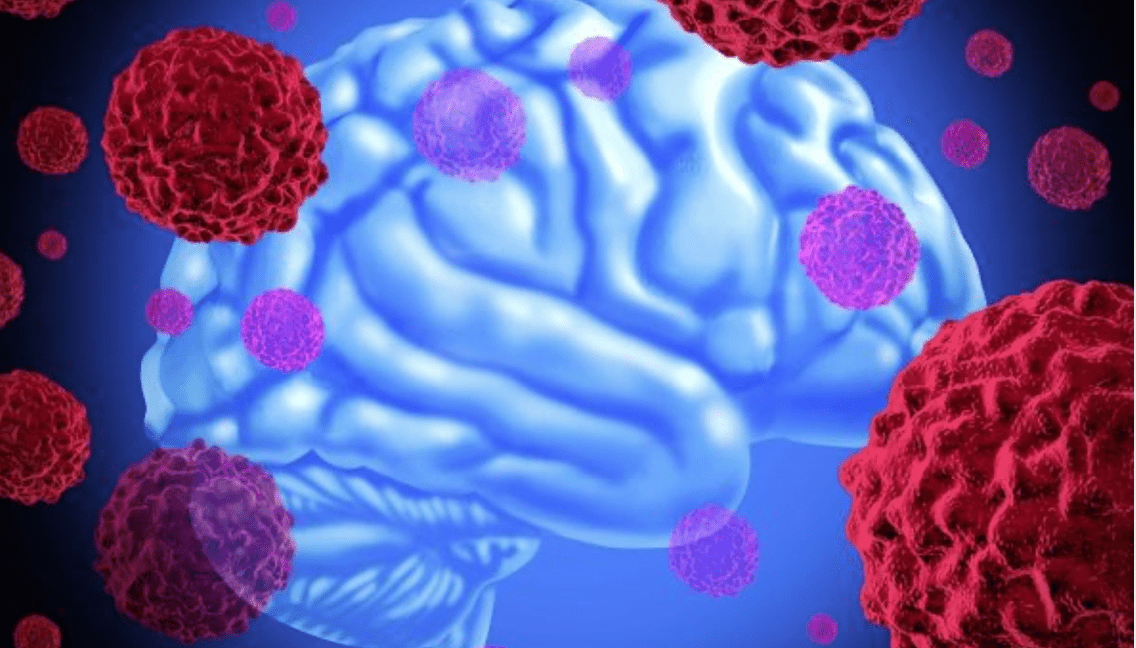 News
Brain cancer can be cured by viruses
News
Brain cancer can be cured by viruses
-
 News
Ways to reduce lymphatic pain in breast cancer have been found
News
Ways to reduce lymphatic pain in breast cancer have been found
-
 News
Scientists have turned bacteria into a powerful weapon against cancer
News
Scientists have turned bacteria into a powerful weapon against cancer
All news
Fibroadenoma treatment
- №1 in prevalence among all benign breast masses.
- Most often occurs in women 20-24 years old and adolescent girls.
Modern examination methods: sonography, mammography, MRI, biopsy.
Innovative treatments: lumpectomy, radiofrequency therapy, enucleation, laser and cryoablation.
MedTour patients recommend clinics for the treatment of fibroadenoma:
Doctors for the treatment of fibroadenoma
Patient reviews
Good!
I want to share my experience with Liv Hospital, where I had a prostate removal surgery due to cancer. From the very beginning, everything was well-organized – the staff helped me with all arrangements, and the doctor explained everything in detail. The hospital itself is very modern and clean, which made me feel more comfortable.
The surgery went well, and I was surprised how fast I started recovering. Now, a few months later, I feel much better and my tests show good results. I’m really grateful to the doctors and nurses at Liv Hospital for their professionalism and care. If anyone is looking for high-quality prostate cancer treatment, I can definitely recommend this place.
Frequently Asked Questions
This is a benign breast mass with a hard consistency. In most cases, its size is 1-2 cm.
Classification by size and quantity:
- Simple — one tumor and up to 5 cm in size, occurs in 70% — 90% of cases.
- Giant juvenile — from 5 cm and weighing more than 500 g, is rare — in 1-2%.
- Multicentric — multiple tumors in different quadrants of the breast, 10% — 25% of all fibroadenomas.
- Complex — the presence of calcifications and cysts larger than 3 mm, occurs in older patients (mean age 47 years).
The main reason is the increased sensitivity of cells in the breast to the hormone estrogen. Provoking factors include: taking hormonal drugs and pregnancy.
This formation does not cause discomfort and pain in most women. Only in adolescents are external changes noticeable. This type is called juvenile and can reach 20 cm — this causes breast asymmetry.
Yes, it is possible, but it happens very rarely — in 1 woman out of 3 thousand.
The following methods are used for diagnosis:
- palpation,
- ultrasonography,
- mammography,
- MRI,
- biopsy.
Treatment methods include:
- sectoral resection,
- conservative therapy,
- radiofrequency therapy,
- enucleation,
- laser ablation,
- cryoablation.
The main advantages of foreign hospitals:
- the operation is carried out with the maximum preservation of the surrounding tissue — there are no deep scars that spoil the appearance of the breast,
- surgeons with more than 20-30 years of experience,
- additionally, all patients are necessarily examined for malignant neoplasms,
- the postoperative period is painless and without complications.
Overseas clinics are continuously introducing new methods of treatment using innovative equipment. The MedTour platform provides a list of more than 150 foreign clinics. If you find it difficult to make a choice yourself — leave a request and a specialist will help you with a decision.
Diagnosis of fibroadenoma
To establish a diagnosis, the doctor probes the chest and armpits. In older women, formed nodules are more often found on mammographic examinations and are rarely palpated. In young women, lumps in the chest have the following characteristics:
- well palpable,
- painless and mobile,
- hard or rubbery.
After detection of compaction or asymmetry, the patient is referred for additional examinations.
Sonography
With the help of an ultrasound apparatus, the presence of education is confirmed and its type is determined. The doctor applies a cool gel to the chest cavity and scans it with an ultrasound head.
Mammography
This x-ray is done regularly for older women. For young women, this procedure is prescribed after identifying knot on ultrasound.
Magnetic resonance imaging
On MRI, changes in dense glandular tissue are clearly visible. A contrast agent is sometimes injected into a vein for examination. Doctors recommend this method to the following categories of patients:
- have had breast surgery,
- silicone implants are present,
- a history of breast cancer.
Biopsy
To clarify the cytological type of tumor, a puncture biopsy is performed. Using a special apparatus, the doctor removes a piece of cylindrical tissue from the node. A tissue specialist (histologist) then examines the tissue sample under a microscope.
Fibroadenoma treatment
When the tumor grows rapidly and deforms the mammary glands, surgical removal is recommended. The type of surgery depends on the characteristics of the tumor:
- type,
- location,
- size.
It is recommended to remove the formation before pregnancy to prevent the acceleration of tumor growth. This happens due to a change in hormonal balance during the period of bearing a child. In foreign clinics, minimally invasive interventions are often performed. Thanks to such gentle operations, mothers will be able to breastfeed their baby.
Types of surgical treatment:
- lumpectomy (sectoral resection) — the surrounding affected tissues are excised with the node,
- radiofrequency therapy — the node is removed with a radiofrequency knife. This surgery is robotic and takes only 20 minutes,
- enucleation — the node is excised together with its capsule. There is no trauma to the surrounding tissues,
- laser and cryoablation — the surgeon, using a special device, irradiates or freezes the tumor, then it is destroyed.
Published:
Updated:

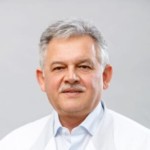
Information on this webpage verified by the medical expert



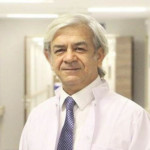


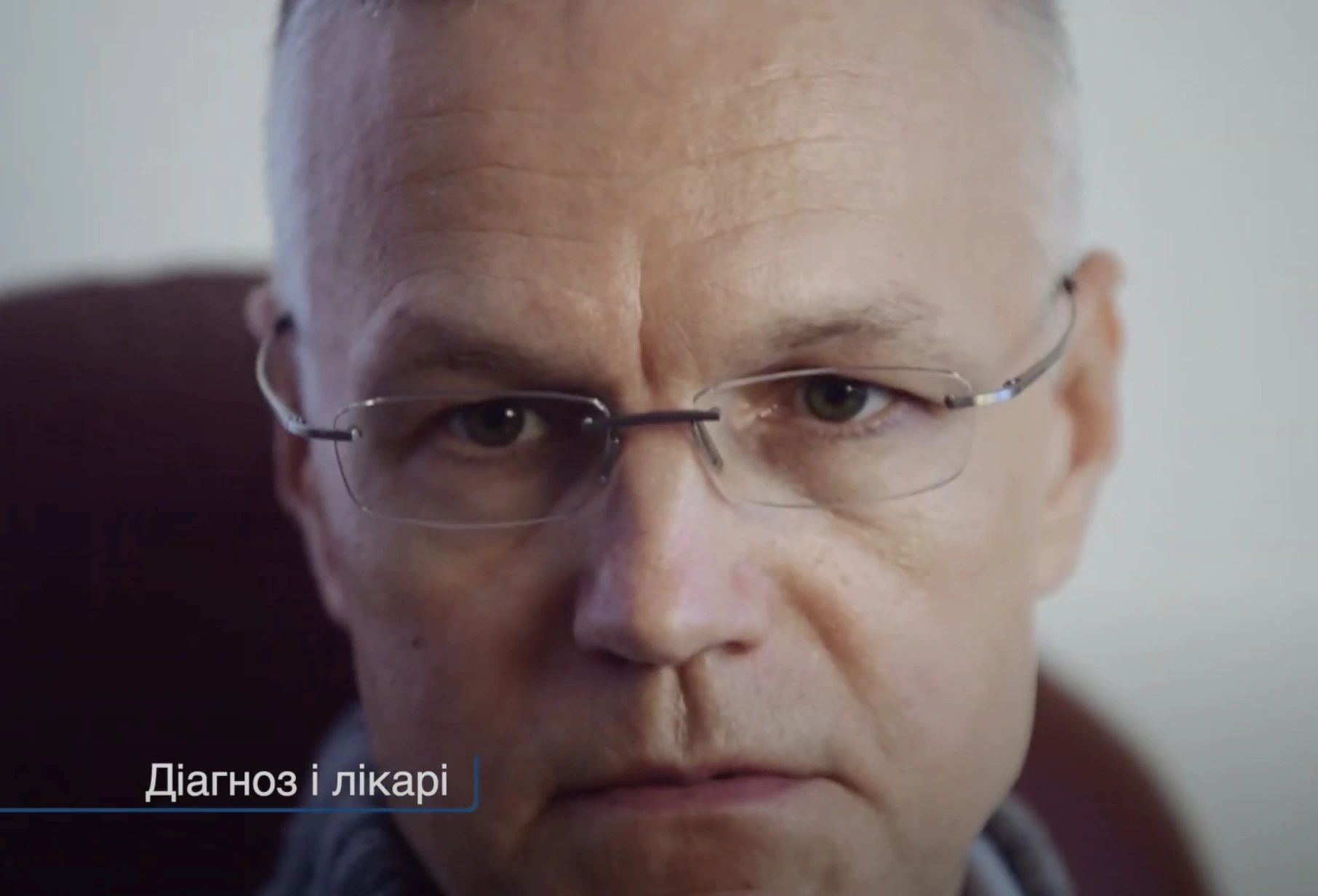
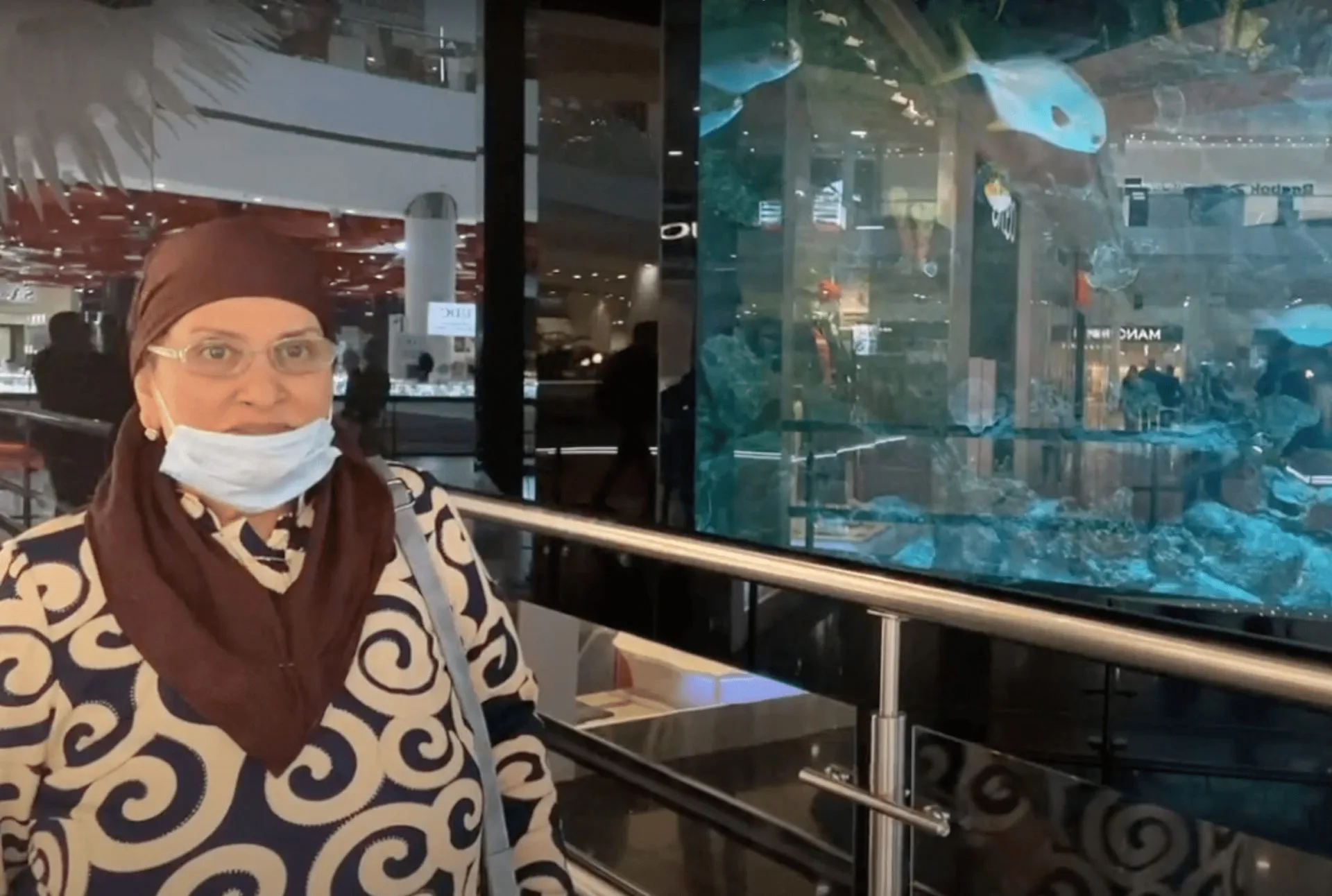

Does Ralf buhl also remove brain lipomas?